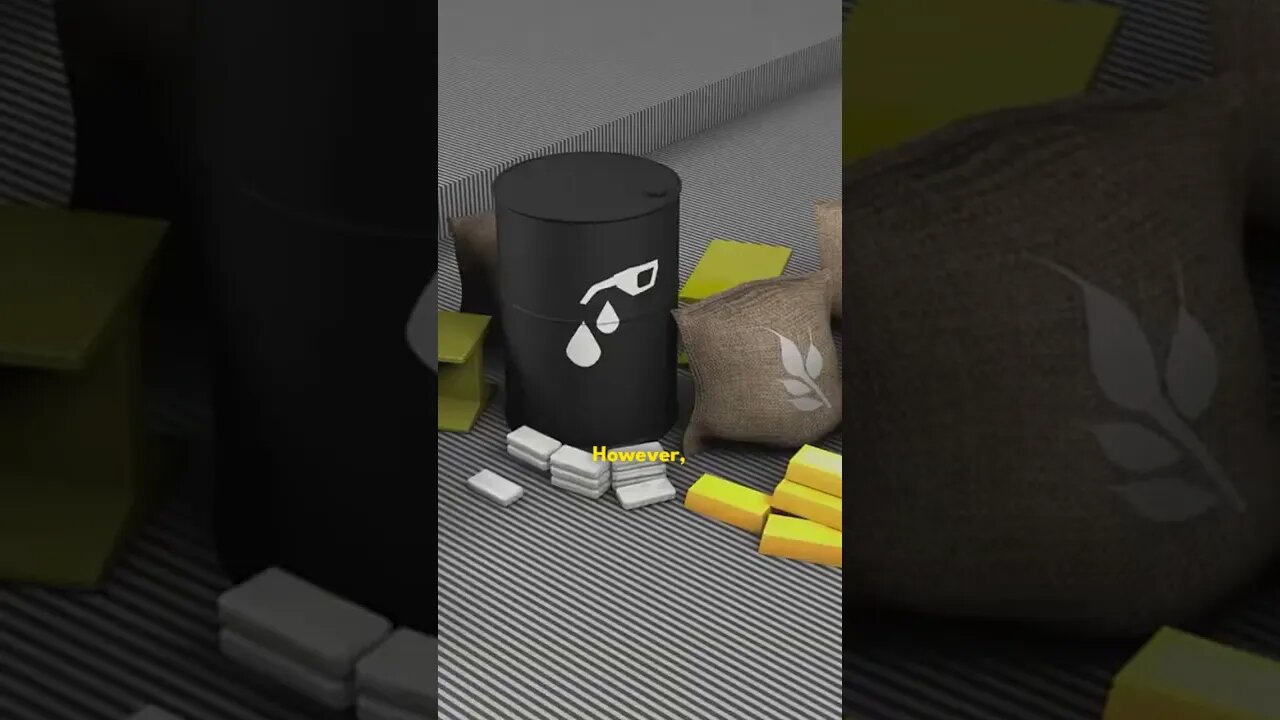Premium Only Content

Life after nuclear war - Nuclear Winter #shorts
Effects of World War 3
What if Nuclear War Begin Today
Effects of Nuclear strikes
World War 3 Aftermath
Nuclear Winter
#shortsfeed
Life after a nuclear war and the resulting nuclear winter would be extremely challenging and devastating for the survivors. Nuclear winter refers to the severe and prolonged global cooling that occurs after a large-scale nuclear conflict, which results in a massive release of soot, smoke, and other particulates into the atmosphere. These particles would block sunlight, leading to reduced temperatures and significant climate disruption for months or even years.
Here are some key aspects of life after a nuclear war and nuclear winter:
The nuclear winter would disrupt agricultural activities, leading to crop failures and food shortages. Water sources might also be contaminated or scarce due to the destruction caused by the war.
Infrastructure, transportation, and communication systems would be severely damaged, making it challenging to distribute aid or resources. Survivors would have to rely on local resources and improvised solutions for their basic needs.
Radiation exposure would lead to acute and long-term health problems for survivors, including cancer and genetic mutations. Medical facilities and supplies would be limited, exacerbating the health crisis.
With the breakdown of societal structures, there could be increased lawlessness and conflict over limited resources, leading to further loss of life and instability.
Nuclear winter would not only affect the regions directly involved in the conflict but also have global consequences. The cooling effect could disrupt ecosystems, endangering plant and animal life, and further exacerbate food shortages.
The radioactive fallout and other pollutants released during the nuclear war could lead to long-term environmental damage, making certain areas uninhabitable for generations.
International aid organizations and neighboring countries would likely try to provide humanitarian assistance to survivors. However, access to the affected areas might be limited due to the hazardous conditions.
It's important to note that the scenario described here is based on the assumption of a large-scale nuclear war involving numerous nuclear detonations. The actual impact of nuclear winter would depend on the scale and intensity of the conflict. Additionally, advances in climate modeling and our understanding of nuclear winter are continually evolving, so predictions may change over time.
The best course of action is to prevent nuclear conflict altogether and work towards global disarmament and peaceful resolutions to conflicts. Diplomacy, arms control, and international cooperation are vital in ensuring a safer and more secure world for everyone.
-
 3:55:04
3:55:04
ThatStarWarsGirl
11 hours agoTSWG LIVE: Big NEWS! Plus Reacting to Woke Meltdowns!
108K23 -
 8:02:46
8:02:46
FusedAegisTV
12 hours ago『AST lvl 100』Tuesday Raid & Rant | Final Fantasy XIV | Patch 7.1 Day of Reckoning!
73.3K2 -
 59:17
59:17
Matt Kohrs
13 hours agoRumble's Q3 Recap & What's Next w/ CEO Chris Pavlovski
93.8K30 -
 1:43:47
1:43:47
Adam Does Movies
17 hours ago $28.40 earnedGladiator II Early Reviews + Tom Cruise Stans Glen Powell + Freddy Krueger - Movie News LIVE!
84.8K5 -
 2:24:03
2:24:03
WeAreChange
13 hours agoTrump Creates Department Of Government Efficiency With Elon And Vivek!
143K96 -
 2:10:32
2:10:32
Slightly Offensive
14 hours ago $30.60 earnedGET READY: Civil Unrests ERUPTS As Trump Resistance 2.0 EMERGES
80K71 -
 59:40
59:40
The StoneZONE with Roger Stone
10 hours agoShowdown in the Republican US Senate Caucus - RINOs Seek to Undermine Trump | The StoneZONE
76.2K45 -
 1:26:29
1:26:29
I_Came_With_Fire_Podcast
16 hours agoSpecial Episode: Frank Luna with Smokeless Vets
47.8K3 -
 4:16:31
4:16:31
Tundra Gaming Live
12 hours ago $1.92 earnedFormer Air Force Maintainer (Weapons) Hits The Grind For The F-16c
32.1K -
 1:07:06
1:07:06
The Officer Tatum
13 hours agoLIVE MSNBC, CNN IMPLODE As Trump BUILDS DREAM TEAM!
94.2K200